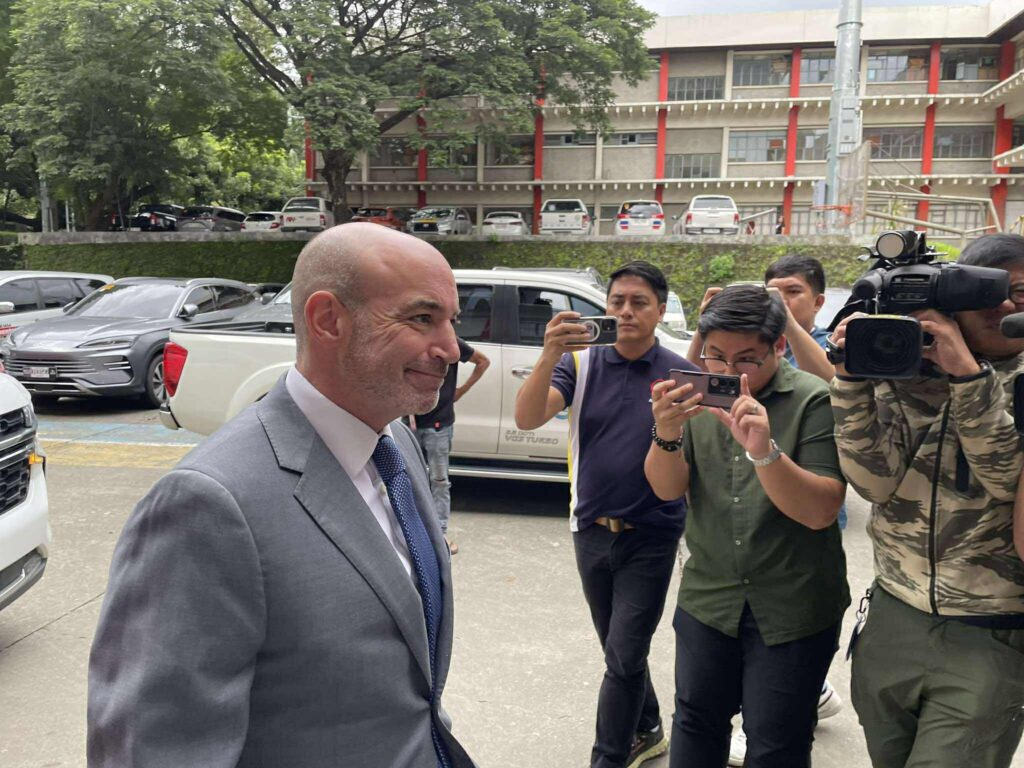The country’s rice sufficiency has been wrongly anchored on imports controlled by the private sector and the Department of Agriculture (DA) goofed again when it declared that rice prices will go down in August 2024 following the reduction of tariffs from 35% to 15%, encouraging importers to buy huge volumes from Vietnam and other countries to swamp the market with cheap rice beyond the Christmas season.
DA planners got it all wrong. There is no guarantee that rice prices will be reduced in August since the rice harvest is supposed to start in October. By holding the release of rice stocks, even when warehouses are supposed to be filled to the brim, the importers initiate an artificial rice shortage and cause an increase in rice prices. The government committed suicide when it stripped the National Food Authority (NFA) of its role as a competing buyer of grain and as a rice importer, a role that tempers increases in rice prices.
The noose on the rice industry’s neck was tightened when Sen. Cynthia Villar and her cohorts at the Senate approved without thinking the Rice Tariffication Law (RTL), which liberalized rice importation and packaged the law as a boon for farmers as they would share in “huge tariffs” to be collected from importers. Farmers insist that the RTL tariffs are a boggart, an apparition, that materializes only in the fertile minds of the RTL authors led by Villar. The illusion persists till this very day as Malacanang took the Villar hook, line and sinker, forgetting that the Philippines is a rice-producing country whose farmers would be battered as government continues to rely on imported rice.
If Villar and company were really studious, they would have known that the country’s average rice deficit never exceeded 7% until Gloria Macapagal Arroyo came in and shattered world records by importing 2.4 million metric tons (MMT) and announced it, prompting food riots in several Asian and African countries. The country’s situation is unlike Malaysia’s, which has made it a policy to import 30% of its annual rice consumption. With the DA’s proposed budget for 2025 slashed by more than half, it is impossible for the department to increase rice, fish and livestock production even by a low 2%.
Taking the bull by the horns, the Kilusang Magbubukid ng Pilipinas (KMP) said the DA has already said that the low budget for the department has kneecapped Secretary Francis Tiu Laurel Jr.’s efforts to implement a viable program to raise the rice output, reduce post-harvest losses, expand the irrigation service area to 75% of all farms nationwide, and boost aquaculture ventures (aquaculture now produces more fish for the pantry that marine fisheries.) Laurel said he was not responsible for crafting Executive Order 62 (EO 62) that was implemented since July 5.
It reduced the tariffs on imported rice from 35% to 15% purportedly to slash the retail prices of rice. It appeared that the Economic Planning Secretary Arsenio Balisacan was responsible for the crafting EO 62, which was supposed to rake in billions of pesos for rice farmers. In one statement, Laurel said he would be creative enough to work turtle-paced on the implementing rules and regulations of EO 62. Balisacan heads NEDA, the same agency that claimed Filipinos can survive on P21 per meal or P64 a day. Let’s ask Balisacan and Development Academy of the Philippines (DAP) president Majah-Leah V. Ravago, former Budget Secretary Ben Diokno and current Budget chief Amenah Pangandaman if they can get all the proteins they need at a cost of P21 per meal. Many farmers now say they have done away with “kamayan-style” lunches and restarted using spoons since they have to settle with “lugaw” and unlimited rice at fastfood chains would cost them an arm and a leg.
KMP chairperson Danilo Ramos, who is incidentally running for a Senate seat next year under the Makabayan Coalition, said the Filipino people must oppose the looming rice price increases and disabuse their minds that a respite is in the offing. The promised rice price reduction has gone kaput. The reason is that the prices of Vietnam rice exports have skyrocketed. Technically, the Philippines does not qualify as a “socialist” country that pay “friendship prices.” Vietnam is the country’s biggest rice supplier. As of May 2024, Vietnam exported 1.44 million metric tons (MMT) of rice to the Philippines or 45.4% of rice imports for the first five months of this year. Aware of the coming rice shortage, Laurel cut import deals with Vietnam in January 2024. Annually, Vietnam accounts for 72.9% of the country’s total rice imports, which may exceed 3.7 MMT, the world’s biggest.
The Vietnam Food Association (VFA) has confirmed that rice prices have skyrocketed, with the price of 5% brokens rice $575 per MT, which is $14 higher than the same type of rice from Thailand, and $34 per MT more expensive than the same type of rice from Pakistan. Vietnam’s 25% brokens cost $539 per MT, much higher than Thailand’s by $27 per MT and Pakistan’s by $22 per MT. Vietnam is the world’s third-largest exporter of rice, and the Philippines has been its principal buyer. Thus, the Philippines has been patronizing expensive Vietnam rice rather than cutting deals with other nations that sell the same types of rice cheaply. As one big Filipino rice miller said, if the Philippines does not import low-quality rice from Vietnam, it will be forced to feed their cattle with rice.




